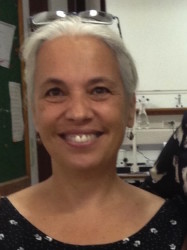BibTex format
@article{Hernandez-Garcia:2017:10.1016/j.vetmic.2017.06.002,
author = {Hernandez-Garcia, J and Wang, J and Restif, O and Holmes, MA and Mather, AE and Weinert, LA and Wileman, TM and Thomson, JR and Langford, PR and Wren, BW and Rycroft, A and Maskell, DJ and Tucker, AW and BRADP1T, Consortium},
doi = {10.1016/j.vetmic.2017.06.002},
journal = {Veterinary Microbiology},
pages = {117--124},
title = {Patterns of antimicrobial resistance in Streptococcus suis isolates from pigs with or without streptococcal disease in England between 2009 and 2014.},
url = {http://dx.doi.org/10.1016/j.vetmic.2017.06.002},
volume = {207},
year = {2017}
}

